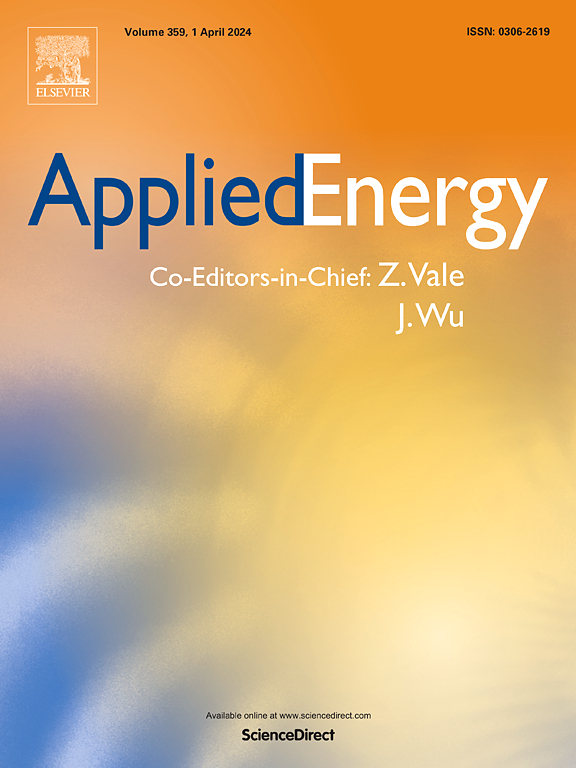Optimization of heating curves for heat pumps in operation: Outdoor temperature ranges for energy-efficient heating curve shifts
IF 10.1
1区 工程技术
Q1 ENERGY & FUELS
引用次数: 0
Abstract
In the light of global sustainability efforts, heat pumps offer environmental benefits, but their complexity and potential misconfigurations often lead to homeowner dissatisfaction due to inaccurate heating and lower-than-expected efficiency. Among the most important and complex settings is the heating curve and yet there are no easy-to-use methods to optimize it after its initial set-up. This study aims to develop ready-to-use guidelines for optimizing the heating curve with energy-efficient adjustments that improve room comfort and prevent suboptimal user changes, all without requiring additional sensors like room thermostats. Based on interpretable linear models, estimated on 3995 air-to-water heat pumps, located in Central Europe, we select the least energy-intensive heating curve shift for each outdoor temperature, needed to meet room thermal comfort. We find that the standard parallel shift of the heating curve is only the optimal approach when the average outdoor temperature is between 2 C and 5 C. Outside this range, the heating curve should be moved at its starting or the endpoint. Simulation shows that by translating user input to the room controller with our proposed changes, 84.42 % of the heating curves can be improved, reducing the share of misconfigured heating curves from 24.01 % to 7.08 %. This leads to an average reduction in yearly energy consumption of 4.02 % and an increase in the seasonal coefficient of performance by 2.59 % on average. By introducing ready-to-use heating curve improvement guidelines, we aim to increase efficiency and confidence in heat pump technology, ensuring its adoption to meet carbon emission targets.
求助全文
约1分钟内获得全文
求助全文
来源期刊

Applied Energy
工程技术-工程:化工
CiteScore
21.20
自引率
10.70%
发文量
1830
审稿时长
41 days
期刊介绍:
Applied Energy serves as a platform for sharing innovations, research, development, and demonstrations in energy conversion, conservation, and sustainable energy systems. The journal covers topics such as optimal energy resource use, environmental pollutant mitigation, and energy process analysis. It welcomes original papers, review articles, technical notes, and letters to the editor. Authors are encouraged to submit manuscripts that bridge the gap between research, development, and implementation. The journal addresses a wide spectrum of topics, including fossil and renewable energy technologies, energy economics, and environmental impacts. Applied Energy also explores modeling and forecasting, conservation strategies, and the social and economic implications of energy policies, including climate change mitigation. It is complemented by the open-access journal Advances in Applied Energy.
 求助内容:
求助内容: 应助结果提醒方式:
应助结果提醒方式:


